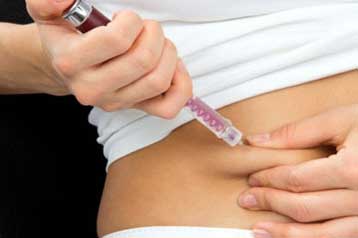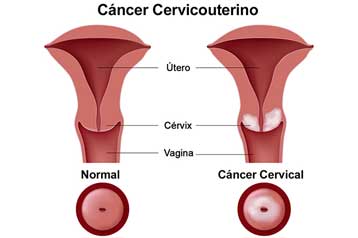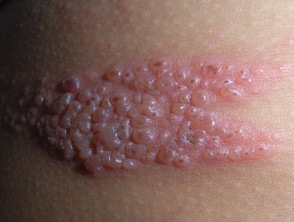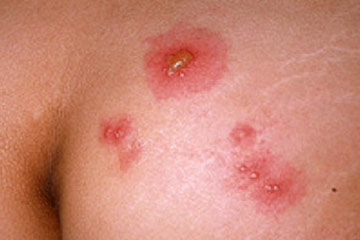Rabies Medical Care
What care will I receive?
Wound Care
Regardless of the risk of rabies, bite wounds can cause serious injury such as nerve or tendon laceration and local and system infection. Your doctor will determine the best way to care for your wound, and will also consider how to treat the wound for the best possible cosmetic results.
For many types of bite wounds, immediate gentle irrigation with water or a dilute water povidone-iodine solution has been shown to markedly decrease the risk of bacterial infection.
Wound cleansing is especially important in rabies prevention since, in animal studies, thorough wound cleansing alone without other postexposure prophylaxis has been shown to markedly reduce the likelihood of rabies.
You should receive a tetanus shot if you have not been immunized in ten years. Decisions regarding the use of antibiotics, and primary wound closure should be decided together with your doctor.
Rabies Postexposure Vaccinations
Postexposure Vaccinations
Human Rabies Immune GlobulinPrograms for uninsured and underinsured patients
Rabies postexposure vaccinations consists of a dose of human rabies immune globulin and four doses of rabies vaccine given on the day of the exposure, and then again on days 3, 7, and 14. The vaccine is given in a muscle, usually in the upper arm. This set of vaccinations is highly effective at preventing rabies if given as soon as possible following an exposure.
If a person has previously received postexposure vaccinations or received preexposure vaccinations, only two doses of vaccine (on the day of exposure and then 3 days later) are needed. Human rabies immune globulin is not required. Your doctor and local health department will be able to guide you through the process.
For people who have never been vaccinated against rabies previously, postexposure anti-rabies vaccination should always include administration of both passive antibody and vaccine.
The combination of human rabies immune globulin (HRIG) and vaccine is recommended for both bite and nonbite exposures, regardless of the interval between exposure and initiation of treatment.
People who have been previously vaccinated or are receiving preexposure vaccination for rabies should receive only vaccine.
Adverse reactions to rabies vaccine and immune globulin are not common. Newer vaccines in use today cause fewer adverse reactions than previously available vaccines. Mild, local reactions to the rabies vaccine, such as pain, redness, swelling, or itching at the injection site, have been reported. Rarely, symptoms such as headache, nausea, abdominal pain, muscle aches, and dizziness have been reported. Local pain and low-grade fever may follow injection of rabies immune globulin.
The vaccine should be given at recommended intervals for best results. Talk to your with your doctor or state or local public health officials if you will not be able to have shot at the recommended interval. Rabies prevention is a serious matter and changes should not be made in the schedule of doses.
People cannot transmit rabies to other people unless they themselves are sick with rabies. The prophylaxis you are receiving will protect you from developing rabies, and therefore you cannot expose other people to rabies. You should continue to participate in your normal activities.
Rabies Vaccines and Immunoglobulin Available in the United States
| Type | Name | Route | Indications |
|---|---|---|---|
| Human Diploid Cell Vaccine (HDCV) | Imovax® Rabies | Intramuscular | Preexposure or Postexposure |
| Purified Chick Embryo Cell Vaccine (PCEC) | RabAvert® | Intramuscular | Preexposure or Postexposure |
| Human Rabies Immune Globulin | Imogam® Rabies-HT | Local infusion at wound site, with additional amount intramuscular at site distant from vaccine | Postexposure |
| Human Rabies Immune Globulin | HyperRab TM S/D | Local infusion at wound site, with additional amount intramuscular at site distant from vaccine | Postexposure |
Postexposure Prophylaxis for Non-immunized Individuals
| Treatment | Regimen |
|---|---|
| Wound cleansing | All postexposure prophylaxis should begin with immediate thorough cleansing of all wounds with soap and water. If available, a virucidal agent such as povidine-iodine solution should be used to irrigate the wounds. |
| RIG | If possible, the full dose should be infiltrated around any wound(s) and any remaining volume should be administered IM at an anatomical site distant from vaccine administration. Also, RIG should not be administered in the same syringe as vaccine. Because RIG might partially suppress active production of antibody, no more than the recommended dose should be given. |
| Vaccine | HDCV or PCECV 1.0 mL, IM (deltoid area ), one each on days 0 , 3, 7, and 14. |
Postexposure Prophylaxis for Previously Immunized Individuals
| Treatment | Regimen |
|---|---|
| Wound cleansing | All postexposure prophylaxis should begin with immediate thorough cleansing of all wounds with soap and water. If available, a virucidal agent such as povidine-iodine solution should be used to irrigate the wounds. |
| RIG | RIG should not be administered. |
| Vaccine | HDCV or PCECV 1.0 mL, IM (deltoid area), one each on days 0 and 3. |






